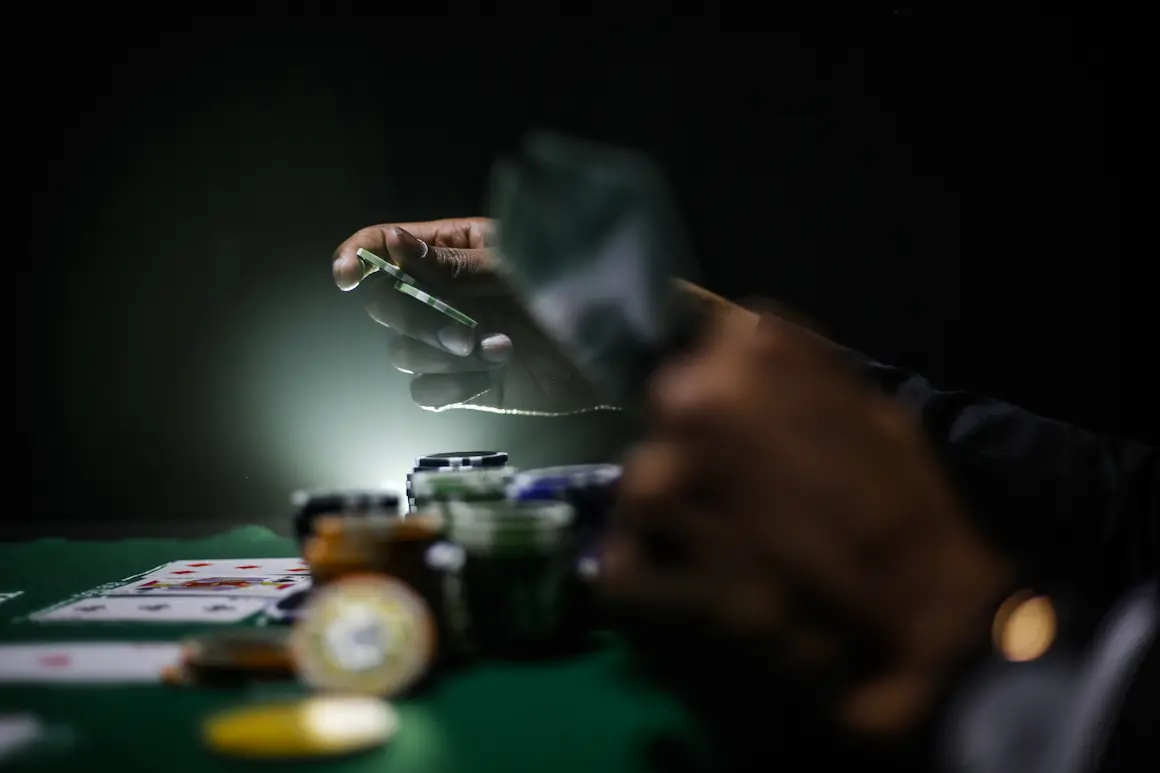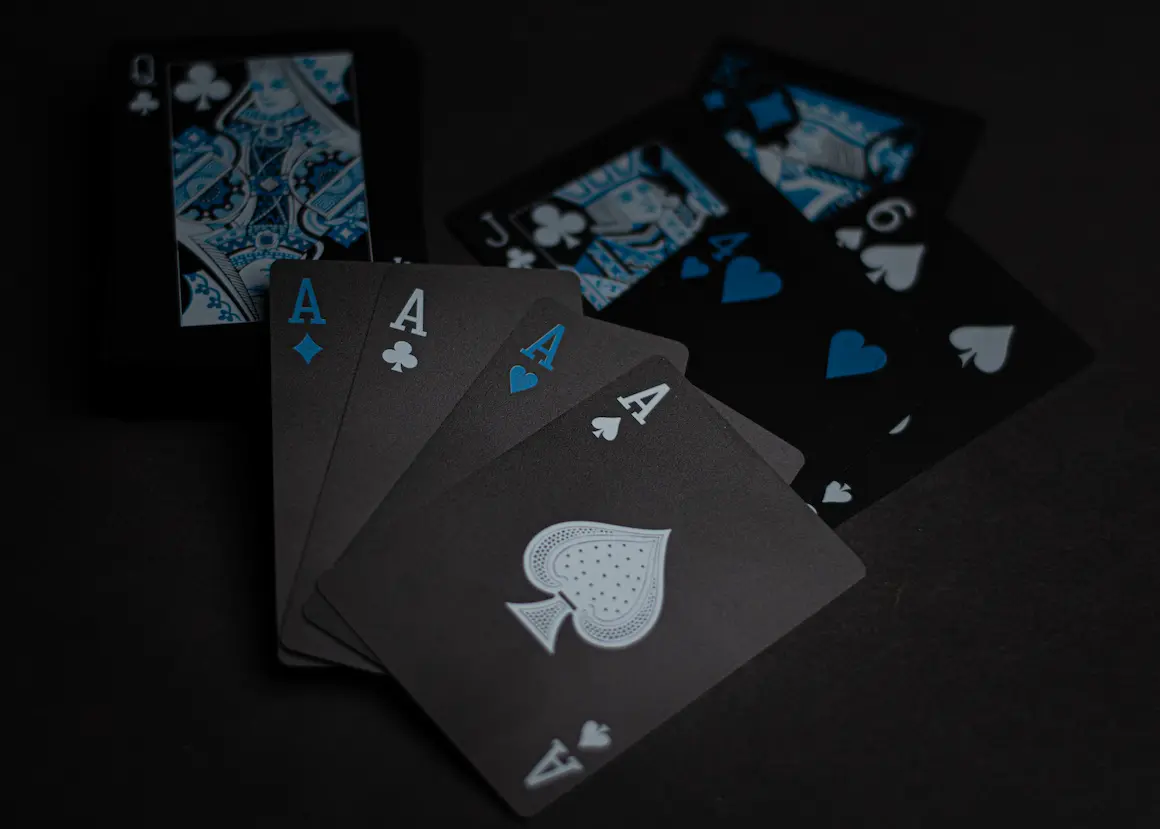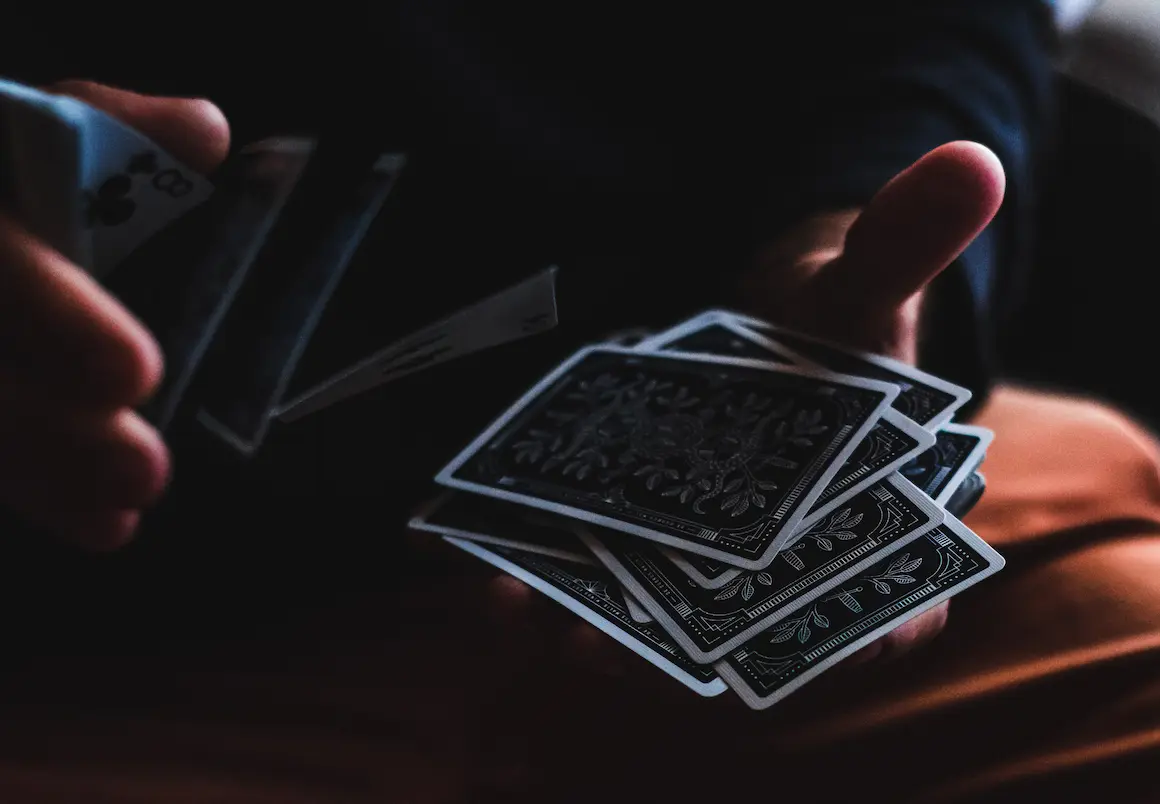 Article Contributors
Article Contributors The topic of this article is Three of a kind combination, which is a poker hand consisting of three cards of identical value and two cards of any other value. This card set has a particular classification with two options – Set and Trips.
Both of these meanings are used for the combination of three, but under different circumstances for collecting it. Let’s find out how and how exactly they differ from each other.
We will also find out what is the probability of making a set or trip hand in the most common variations of online poker, such as Texas Hold’em, Omaha and Poker Draw.
Set and Trips in poker – the differences

Let’s start with a Set – a combination of Three of a Kind, which is made up of a pocket Pair and one community card of the same denomination on the board. The main bonus of such a set is that the opponents do not see the Set since the Pair is in the player’s starting hand. And if they don’t read your body language, you can play the game well.
Suppose there is a King, Six, Ace, Nine, Three of a Kind on the board, you have a pocket Pair of Sixes, and your opponent has a King and Ace, they will feel confident and superior with a Pair of Kings and a Pair of Aces, but the victory will go to a Set of Sixes.
Now let’s discuss Trips – this is also a combo of three but collected differently. Trips are made up of a Pair that appeared on the board as part of the community cards and one card of the same value as part of the player’s starting hand. Thus, the rest of the participants can assume that the opponent has this combination. And this complicates a more profitable draw of such a Three.
Let’s explore the following example – on the table, there are five community cards of Seven, Ten, Queen and two Aces. Your next pocket cards are an Ace and a King, and your opponent has a Pair of Kings. The opponent, seeing two Aces on the board, will most likely admit the possibility of having another ace in your possession, which means they will avoid large bets and raises. That is, it will not be easy to increase the pot in the best way possible, and the opponent may decide to fold.
And the third version of the Three is a combination of common cards on the table, that is, three cards of the same value on the board. This is the case when the three belong to all the remaining members of the party. In this case, the game pot is divided equally.
Probability of getting a Three of a Kind in poker
Let’s find out what is the probability of getting a Three of a Kind in different varieties of online poker. Note that according to the statistics, Three comes out about once in 46 card hands. The chances vary in different types of games and on different trading streets.
In Texas Hold’em: With a pocket pair, you have a 10.9 percent chance of hitting a Three of a Kind on the flop, 3.8 percent on the turn, and eight percent on the river.
In Omaha Poker, a pair in the starting hand preflop gives the player an 11 percent chance of collecting a Three of a Kind on the street of the flop. With two Pair preflop, the odds increase to 22 percent; two cards of equal value on flop street is a 4.6 percent of strengthening the cards on the turn and nearly nine percent on the river. In the case when the Pair came to the turn gives 4.6 percent to get the missing third card on the last street.
In Draw Poker, in the case of replacing all cards, the probability of collecting a Three of a Kind is two percent; when exchanging four cards, the chances increase by half a percent; having received a pair and exchanging only three cards, the player has a 12.5 percent probability of collecting a full-fledged combination in the future.
In Stud Poker with a Pair on Third Street, the player has four and a half percent to get better cards in the next round; A pair on number five street gives a six percent chance; A pair on the sixth is eight percent for a full Three in the further game.
How to play sets and trips correctly

- If you have a pair of cards in your hand, there is a high probability of getting a set on the flop, which means that it will be profitable for you to call preflop with a pocket pair on most opponent’s bets.
- With a set ready, it is profitable to slowplay against players with high cards in hand. For example, you have QQ, your opponent has A-K. On the flop, you see this picture: Q-6-3. You can check and give your opponent a chance to bluff, after which you make allegedly an insecure call. It is highly likely that the player will continue to squeeze you out of the pot on the next rounds of betting, and if they catch the long-awaited ace or king, you can get rich on their mistake.
- Also, playing the Set slowly will be useful in the position game against weak opponents. Out of position, slowplay will only work if you are 100% sure your opponent is weak and/or bluffing.
- Do not be afraid of a stronger set, it happens only rarely. But if still unlucky, then you just have to put up with it. It happens. The road to success is fraught with risk, as they say.
- If we see a flush-draw or a straight-draw on the board on the flop, play aggressively. Don’t hide in the bushes and start slowplaying. Try to squeeze opponents with such a hand out of the pot or make them pay dearly for the chance to see the next cards on the table.
- Trips are very difficult to disguise, so aggression can quickly scare all opponents away while keeping guys with stronger hands in the game. At the same time, it can play into your hands if you are bluffing.
- If there are no trips, straights, or flushes on the board, players with two pairs will consider their hands to be top. Use this if you have a set.
Combination advantages
The main advantage of this combination is its invisibility. It is extremely difficult to recognize it because opponents see one card and are unaware of the presence of a pair to it.
This makes the combination strong in the hands of an experienced poker player. To get the maximum pot, you need to use it correctly.
Defending against an opponent with a set

To minimize losses in hands against opponents with the probability of such a hand, you need to follow the principles of the strategy:
- Strive to determine the opponent’s starting hand range accurately.
- Write notes on opponents playing three of a kind in the same manner.
- Pay attention to the difference between VPIP and PFR, it shows the preflop cold calling range.
- The opponent’s aggression on the blank cards can be a reason to be wary.
You should look at the lines used by the opponent. Weak players don’t read board structure, so their check-raises look obvious. Useful information about opponents should be included in the notes. The best way to test hand reading skills is to play.




